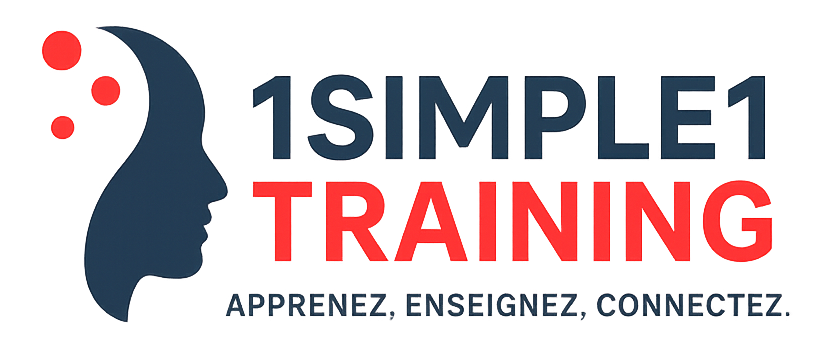Project Management
BPMN 2.0 Effectively Model Your Business Processes
Self Space
Price: F CFA 80,580
Duration: 2 Days
Last updated: 1 month ago
Course Curriculum
9 sectionsThe BPMN 2.0 Effectively Model Your Business Processes is a training course.
Candidates will be required to follow the training in self-study mode or online at their convenience, considering the 06 to 12-month training deadline.
Pre-recorded videos and materials are made available to the candidate for further training.
The international BPMN 2.0 standard makes it possible to clearly formalize the business processes, which are essential to describe the organization of the company.
This course will teach you how to map processes with the help of a modeler, how to improve them, and even how to automate them with a motor.
Not applicable
- · Business directors and managers, project owners wishing to understand BPM concepts or promote the approach in their establishment
- · Project managers or project managers who must lead a BPM, modeling, tooling project around BPM
- · Anyone wishing to have a synthetic vision of this now more than emerging discipline
- · Understand the power of BPMN 2.0 notation and its impact on process design
- · Master the BPMN 2.0 notation, in all its details and by assimilating its spirit
- · Learn to ask the right questions to ensure the quality of models and processes
- · Acquire the methodology and best practices to take advantage of BPMN 2.0 notation
- Instructor led Classroom environment
- Virtual Web-based
No prerequisites for this training. A first knowledge of business process management.
- Introducing the process approach
- The challenges of BPM in business transformation.
- Concepts and definitions.
- Practical work : Experiment with the difficulties of process representation.
- Represent a Process with BPMN
- Sketch out processes: tasks, events, nominal cases.
- Scheduling activities: 7 types of connections or gateways.
- Introducing temporality into processes: subprocesses, boundary events, timer.
- Accounting for disruptions: interruption, incident or error, transaction, compensation.
- Practical work : Design a realistic process: flows, hazards, instance levels.
- Describe the activity of an organization
- Distributing activities and describing cooperation: participants, choreography, conservation, collective activities.
- Architecting the business activity: Process Architecture, reuse, cross-functional processes.
- Practical work : Understand the organization.
- Quality of process documentation
- Modeling business activity: actions and decisions of the business analyst.
- Reviewing process models.
- Exercise : Review the notation through complementary exercises.
- Optimizing processes: quantifying, simulating, innovating
- Process performance: KPIs, process indicators, ROI calculation, flow analysis.
- Simulating process operations: animation and simulation functions available in tools.
- Innovating processes: "ad hoc" processes, objects, innovative design process.
- Recap of BPMN 2 notation.
- Practical work : Simulate a process with a modeling tool and a process execution engine.
- Execute the processes
- Generating and executing processes from their model.
- Overview of the technology: BPEL standard, process execution engines.
- Démonstration : Demonstration with a commercially available runtime.
- Implementing transformation through processes
- General framework: description repository, Praxeme public method.
- Implementation approach: phases, local scope and global scope.
No object.

